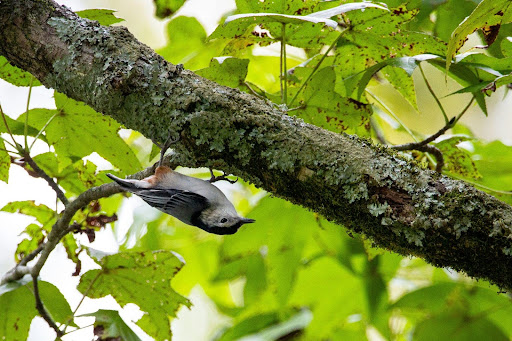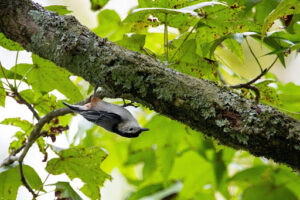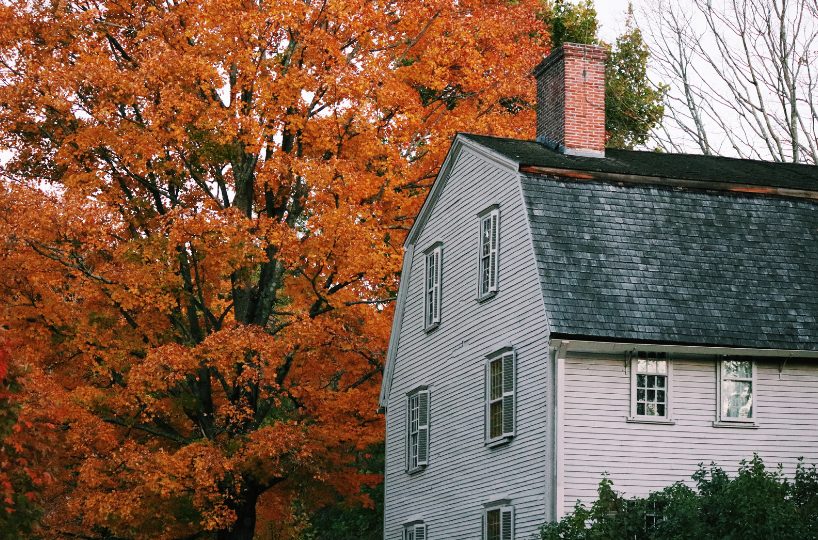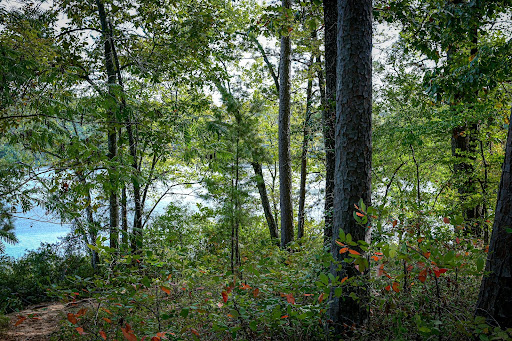
Date October 07, 2024
Trees are essential to the ecological health and aesthetic beauty of Arlington, Texas. As a rapidly growing urban area, tree preservation is becoming increasingly important to balance development with the need to maintain green spaces. Effective tree preservation strategies not only protect the environment but also contribute to the well-being of residents by offering shade, reducing heat, and improving air quality.
In this article from TreeNewal, we will explore various strategies for tree preservation in Arlington, focusing on methods that help maintain the ecological and aesthetic value of the area while also supporting sustainable growth and development.

The Importance of Tree Preservation in Arlington
Before diving into specific preservation techniques, it’s essential to understand why tree preservation is critical for Arlington’s future:
- Ecological Benefits: Trees absorb carbon dioxide and release oxygen, helping to improve air quality. They also prevent soil erosion, support wildlife habitats, and regulate temperatures by providing shade.
- Aesthetic Value: Well-preserved trees enhance the natural beauty of neighborhoods and public spaces. Tree-lined streets and parks contribute to the unique character of Arlington and increase property values.
- Economic Impact: Mature trees can reduce energy costs by providing shade in the summer and acting as windbreaks in the winter. Studies have shown that homes with large, healthy trees often sell for more than homes without them.
- Community Well-being: Trees create a more inviting environment for outdoor activities, and green spaces are linked to improved mental health and reduced stress.
As Arlington continues to develop, protecting its tree canopy is vital to maintaining these benefits for future generations.
Key Strategies for Tree Preservation in Arlington
Tree preservation requires a multi-faceted approach that involves individual homeowners, developers, city officials, and environmental organizations. Below are some of the most effective strategies for tree preservation in Arlington:
1. Tree Protection During Construction
Construction and urban development are some of the greatest threats to tree preservation in Arlington. Protecting trees during these processes is essential to maintaining a healthy urban forest. Here are a few ways this can be achieved:
- Tree Protection Zones (TPZs): Establish a Tree Protection Zone around any trees that are not intended for removal during construction. This area should be clearly marked and fenced off to prevent damage to the roots, trunk, and canopy. Typically, the TPZ should extend to the drip line of the tree, which is the area directly beneath the outermost branches.
- Limit Soil Compaction: Heavy machinery and construction materials can compact soil around trees, restricting water and nutrient absorption. Protecting the soil in the TPZ by using temporary coverings like plywood or mulch can help prevent compaction.
- Monitor Tree Health: Trees can experience stress during and after construction. Regular health monitoring by an arborist can help identify signs of stress or damage early on, allowing for timely interventions like supplemental watering, mulching, or pruning.
2. Strategic Tree Planting
Tree preservation isn’t just about protecting existing trees; it’s also about planting the right trees in the right places. Proper tree planting ensures that Arlington’s tree canopy continues to grow and thrive.
- Choose Native Species: Native trees are well-adapted to the local climate and soil conditions in Arlington. Species like live oak, pecan, Texas red oak, and cedar elm are ideal for preservation efforts because they are more resistant to local pests and diseases and require less maintenance.
- Consider Future Growth: When planting trees, it’s important to consider their mature size and growth patterns. Planting large trees too close to buildings, sidewalks, or power lines can lead to future conflicts that may require unnecessary pruning or even tree removal.
- Diversify Plantings: A diverse tree population is more resilient to pests, diseases, and environmental stress. When planting new trees, aim for a mix of species to ensure a healthier and more stable urban forest in Arlington.
3. Promoting Sustainable Tree Care Practices
Proper tree care is essential to ensuring that Arlington’s trees remain healthy for decades to come. This involves both individual homeowners and public authorities adopting sustainable practices.
- Proper Pruning: Regular pruning is crucial for maintaining tree health, but improper pruning can do more harm than good. Trees should only be pruned to remove dead or damaged branches, improve structure, or reduce risk during storms. Over-pruning or “topping” trees can severely weaken them and lead to long-term damage.
- Watering and Mulching: During dry periods, especially in the hot summers of Arlington, trees need additional watering. Deep watering encourages root growth and helps trees withstand drought conditions. Mulching around the base of trees helps retain soil moisture, regulate temperature, and prevent weed growth.
- Pest and Disease Management: Regular inspections for pests and diseases can prevent small problems from becoming large ones. Certified arborists can recommend treatments such as tree injections or organic pest control solutions to manage infestations without harming the environment.
4. Tree Ordinances and Community Programs
Local governments play a crucial role in tree preservation through the enforcement of tree ordinances and the implementation of community programs that encourage sustainable tree management.
- Tree Ordinances: Arlington has tree protection ordinances in place that regulate the removal and replacement of trees during construction. These ordinances often require developers to replace any trees that are removed, ensuring that the overall tree canopy remains intact.
- Incentive Programs: The city of Arlington can offer incentives, such as rebates or tax credits, to property owners who preserve trees during development or who plant new trees on their property.
- Community Education: Educating the public about the benefits of tree preservation and proper tree care practices can encourage homeowners and businesses to prioritize tree preservation in their landscaping plans. Public workshops, seminars, and educational campaigns can increase awareness and participation.
5. Involving Certified Arborists
Certified arborists are tree care professionals like TreeNewal, who have undergone extensive training and certification to assess, care for, and manage trees. Engaging arborists in tree preservation efforts ensures that trees are maintained and treated correctly.
- Tree Health Assessments: Arborists can perform regular tree health assessments to identify potential problems early, such as diseases, pest infestations, or structural issues.
- Preservation Plans: Arborists can develop detailed tree preservation plans for property owners or developers, outlining the steps needed to protect trees during construction or major landscaping projects.
- Consulting on Best Practices: Certified arborists can offer advice on the best tree care practices for homeowners and city planners, ensuring that preservation efforts are based on sound scientific principles.
6. Protecting Heritage Trees
Heritage trees are mature trees with significant historical, cultural, or ecological value. In Arlington, these trees often serve as landmarks and are integral to the identity of the community.
- Identification and Designation: Cities can establish programs to identify and designate heritage trees, offering them legal protections against removal or damage.
- Special Care and Maintenance: Heritage trees require special care to ensure their longevity. This may include more frequent health assessments, specialized pruning techniques, or pest management strategies designed to protect their structural integrity.
- Public Engagement: Encouraging public involvement in the protection of heritage trees can foster a greater sense of community pride. Residents can be invited to participate in heritage tree walks, learn about the history of specific trees, and contribute to preservation efforts.
Challenges to Tree Preservation in Arlington
Despite the numerous benefits of tree preservation, there are challenges that need to be addressed to make these strategies effective:
- Urban Development Pressure: As Arlington grows, the demand for housing, roads, and commercial spaces often leads to tree removal. Balancing development with tree preservation requires careful planning and strong tree ordinances that developers must adhere to.
- Environmental Stress: Trees in Arlington face extreme weather conditions, including intense heat, drought, and occasional flooding. These environmental stressors can weaken trees, making them more susceptible to pests and diseases.
- Public Awareness: Not all residents and developers are aware of the benefits of tree preservation or the best practices for tree care. Increasing public awareness and engagement is key to successful preservation efforts.
Conclusion
Tree preservation in Arlington is essential for maintaining the delicate balance between urban growth and the natural environment. By implementing strategies like tree protection during construction, strategic planting, and sustainable care, Arlington can preserve its valuable tree canopy for future generations. Trees are a vital part of Arlington’s identity, enhancing the city’s beauty, ecological health, and overall quality of life. For expert guidance on preserving your trees, trust TreeNewal. Serving the Dallas and Fort Worth Metroplex since 2017, TreeNewal’s certified arborists are dedicated to protecting Arlington’s natural resources. Contact us today for professional tree preservation services!








